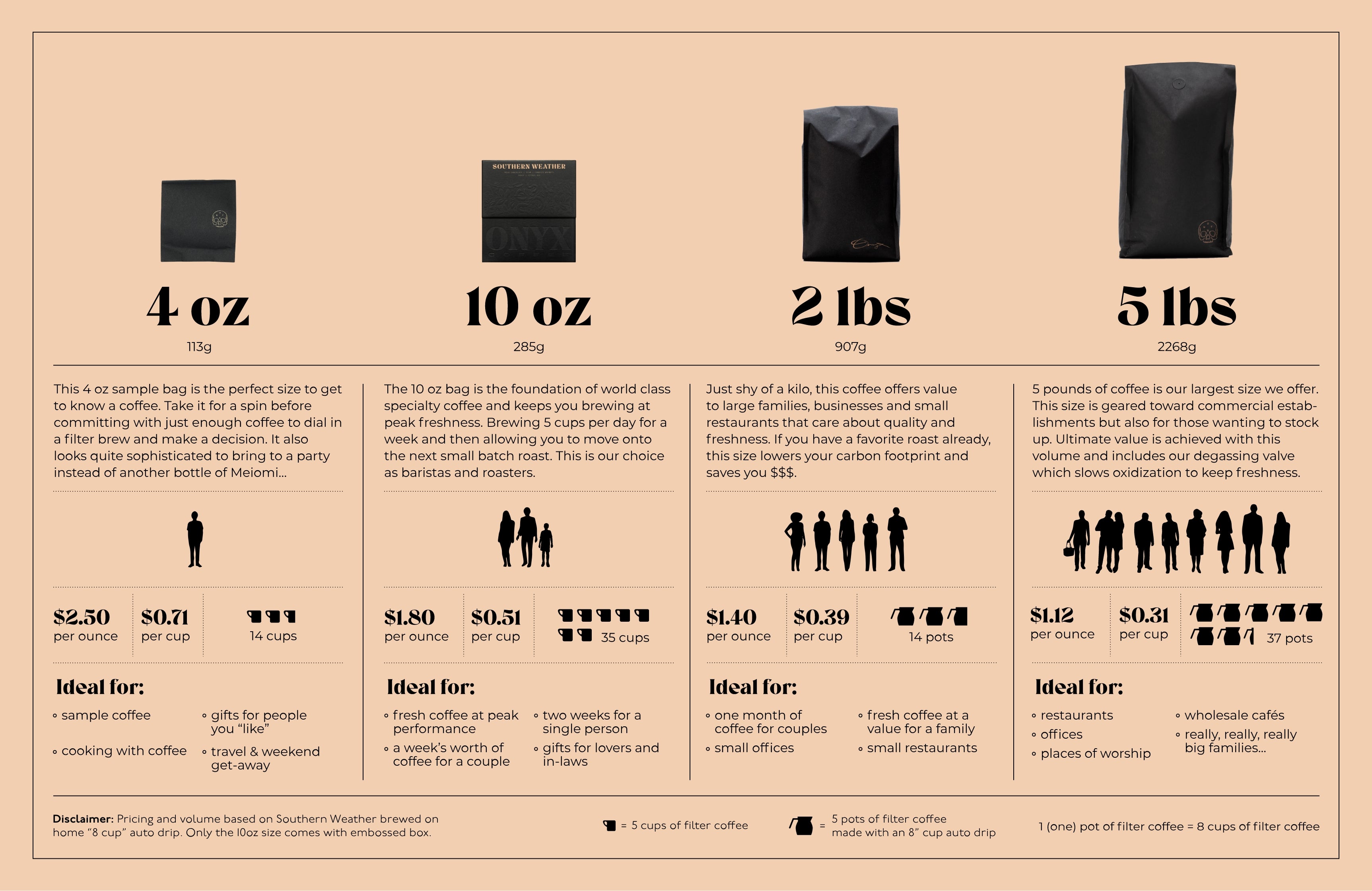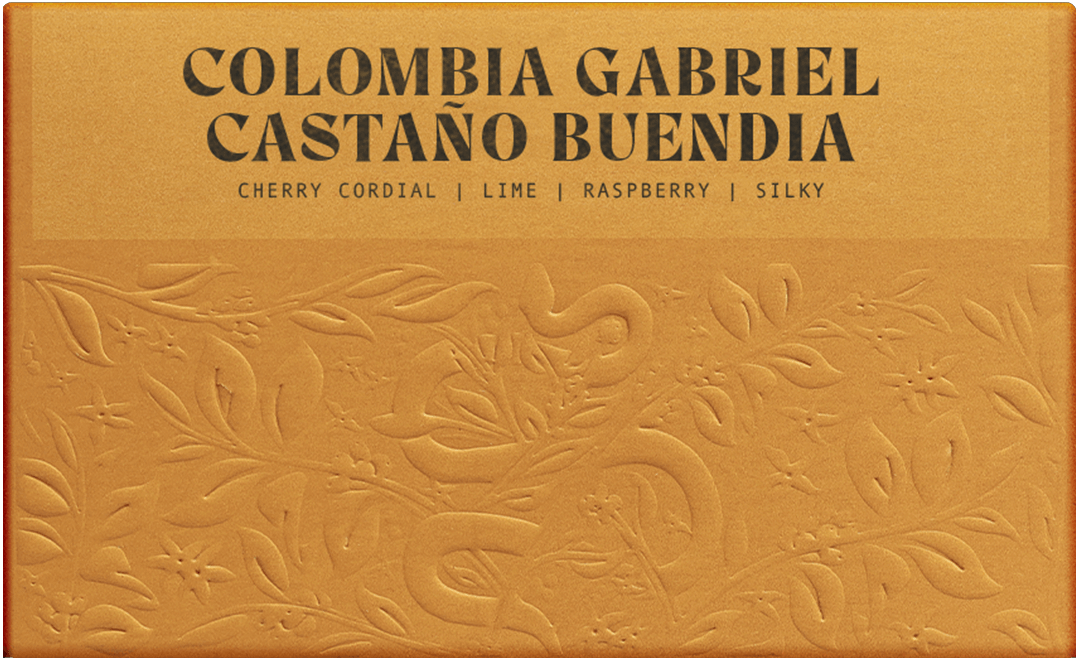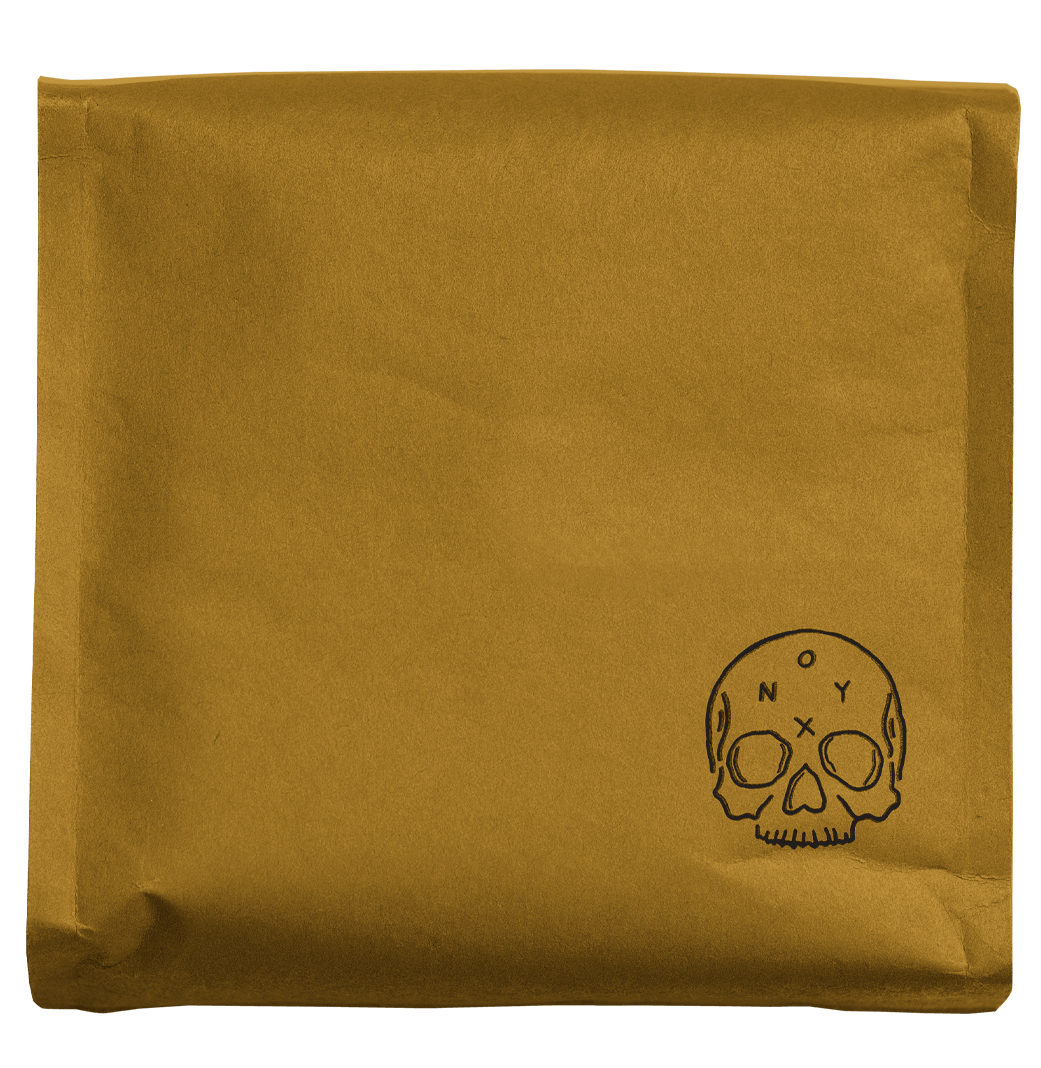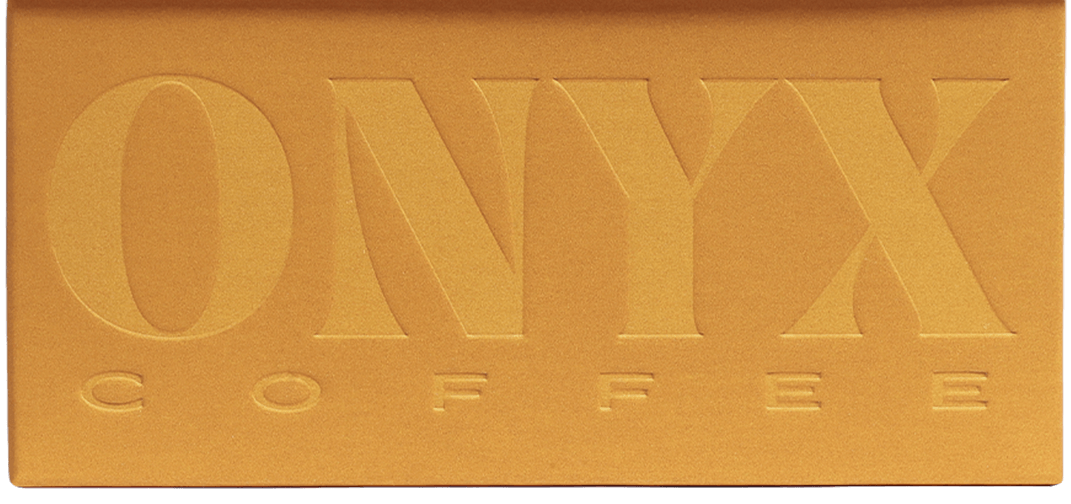Story
This coffee comes to us by way of Azahar Coffee. Despite enjoying coffees at the Azahar cafes in Bogota, Colomba, we hadn’t ventured into purchasing coffee from the exporting arm of Azahar until now. With Ryan Knapp part of the sales team at Azahar, we were able to secure a few lots from Azahar’s extensive network through Colombia. This Pink Bourbon variety from Huila stood out amongst their offerings, with a distinct fruited profile and delicate florals. Read more below about Gabriel Castańo Buendia.
Gabriel Castaño Buendía by Azahar Coffee
In 1990, Colombia opened its doors to the international economy. Domestic producers all over the country suffered a tough blow as a wide variety of products had to start competing in the market with cheap foreign imports. Even coffee farmers, despite some important leverage within the agroindustry—namely a promise of purchase by the National Federation of Coffee Growers—were having a hard time since the coffee pact was broken in 1989. The instability of coffee’s new commodity index, traded daily on the NY stock exchange from ‘89 until today, had small and medium producers walking a tight line toward bankruptcy.
Don Gabriel Castaño Buendía lived through this situation and, like many other Colombian farmers, he turned to coca production as a way of survival. But even while coca could promise high returns, the risks, both financial and personal, were often that much higher. As soon as he could, Gabriel left the coca fields and devoted himself entirely to coffee.
Gabriel and his wife Carmen have six children—four daughters and two sons—all of whom have followed in their parents’ footsteps and become coffee producers in their own right. They have lost count of how many grandchildren and great-grandchildren they have. Tragically, third-oldest sister Sorany, who was building her home across from her parent’s new farmhouse, passed away from complications from diabetes last year. Oldest sister Yamileth was recently the last to start growing on her own plot at the family farm. At 35, Marili is the oldest, who is followed in line by 29-year-old Yorlady, and by brothers Gabriel Jr. and Jefferson, all of whom now have families of their own and coffee plots of their own. The family’s two-hectare finca, La Granada, located in the department of Huila, in the southern municipality of Acevedo, is where Gabriel Sr. started everything anew. There he planted the Pink Bourbon variety which was not very well known at the time, and worked it over time to produce a truly exquisite cup of coffee. Today, Gabriel Castaño Sr. is colloquially known as southern Huila’s godfather of Pink Bourbon. He has selflessly shared his knowledge and starters with countless of his peers, many of whom are also partner producers of Azahar, who have gone on to sell their own Pink Bourbon lots internationally. We are extremely grateful to count him as one of our most sought-after pioneering partner producers and feel very fortunate to be able to continue working with his whole family.
Although Gabriel is getting on in age and due to his health, can no longer drink coffee, he says he wouldn’t trade lives with anyone. He has 8,000 trees sown, and has become known throughout his municipality for introducing Pink Bourbon to his fellow producers. Don Gabriel is a short and quiet ma but joyful man, with a full, jet-black mustache and kind eyes. He is quick to return a smile when prompted and jokes as he speaks. When we last visited him in late November, at his new home which is sits lower down the mountain than his previous house, he welcomed us with open arms and reminded us that he tends to “speaks backwards” so we should listen carefully.
This microlot is of the Pink Bourbon variety of course and was carefully hand-selected for ripeness by local and itinerant pickers, as well as several family members. The cherry was first weighed, kept intact and fermented for 90 hours in bags. The cherry was then rinsed and dried mechanically for three days.
PINK BOURBON
This is a very recently discovered variety found in Acevedo, Huila. Pink Bourbon, or Borbón Rosado, is touted as a hybridization of Red and Yellow Bourbon. On the cupping table, this variety can sometimes be mistaken for an Ethiopian coffee, with its floral notes and its delicate tea-like nature. Since it is a new discovery, little research has been done to confirm its background or origin story, but that has not stopped it from exploding in popularity both with roasters and producers. While it’s less rare than it once was, finding an extremely high quality Pink Bourbon offering is just as difficult, due to its specific growing and picking requirements. Much like Yellow Bourbon, Pink Bourbon is difficult to identify at peak ripeness. Red Bourbon is much easier, as cherries transition from bright red to deep purple within a matter of a week or more. Pink Bourbon can be much more nuanced than its red counterpart, making it difficult to determine the underripe from the mature. With careful picking and processing however, the nuanced nature of Pink Bourbon can be translated into a tremendously delicate and unique cup of coffee.



